What is Beta-Alanine?
Before we can understand how (and why) beta-alanine works, we first need to look at the molecule carnosine, which is primarily found in muscle and brain tissue. Carnosine serves as a buffer for hydrogen ions which themselves are by-products of muscle contraction from the breakdown of ATP (Adenosine triphosphate).
A quick side note: ATP molecules are the main energy currency for the body.
Now, here’s the interesting bit:
As hydrogen ions build up within the muscle, the pH of it falls, and it becomes more acidic. It’s precisely the acidity which causes the familiar burning sensation in your muscles during a high-repetition set in the gym or a long run in the park.
As the acidity rises, you feel a progressively more intense burning sensation, fatigue increases, and you eventually reach a point of muscular failure – the muscles at work can no longer produce enough force for the given activity.
Now, let’s circle back to beta-alanine:
Beta-alanine increases levels of the molecule carnosine, which, as we covered, serve to buffer hydrogen ions in our muscles . This, in turn, slows down the fall of pH and rise in acidity, delays the burning sensation and fatigue, and allows us to go the extra mile before exhausting our muscles.
Beta-Alanine for Endurance
Beta-alanine is among the best-researched supplements out there, and studies have repeatedly shown that it reliably improves endurance and performance, particularly in the 60-240-second range . In other words, physical activities that take between 1 and 4 minutes appear to benefit greatly.
This was well-documented in one meta-analysis from 2012 that looked at 15 studies and a total of 360 participants . Researchers concluded that, for the 60-240 second-long bouts of exercise, beta-alanine showed a lot of promise:
For the 9 measures lasting 60–240 s there was a significant difference between the effect size of the BA and Pla groups
These findings were largely recreated in another, more prominent meta-analysis from 2017
β-alanine had a significant overall effect while subgroup analyses revealed a number of modifying factors. These data allow individuals to make informed decisions as to the likelihood of an ergogenic effect with β-alanine supplementation based on their chosen exercise modality.
These findings are very much in line with what we know about the effects of beta-alanine. Since the supplement effectively delays the burning sensation (and the accompanying muscular fatigue), it makes sense that activities that lead to significant muscle burn (such as those in the 1-4 minute range) would benefit the most.
Beta-Alanine for Muscle Growth
First, we’ve got a paper from 2011. In it, researchers sought to determine what the effects of beta-alanine supplementation on body composition are in wrestlers and football players. They had 22 college wrestlers with an average age of 20 and 15 football players with an average age of 18.
All of the subjects were split into two groups – one took four grams of beta-alanine daily, and the other group was given a placebo. In the eight weeks of the study, the beta-alanine group saw improvements in several athletic measures, including timed 300-yard shuttle.
Both groups of wrestlers lost weight during the study (as was the goal), but the beta-alanine group saw an increase in lean mass by 1.1 lbs where the placebo group lost nearly one pound of lean mass. The increase in lean mass could indicate muscle growth thanks to their improved athletic measures.
Both groups of football players gained weight, but the beta-alanine group gained, on average, about 2.1 lbs of lean body mass and the placebo group saw an increase of nearly a pound less.
It appears that beta-alanine supplementation not only increased several performance measures in these previously trained athletes but also allowed them to gain lean mass.
The next study is from 2009, and in it, researchers sought to determine what the effects of beta-alanine supplementation and HIIT would be . Here, subjects were either given 6 grams of beta-alanine per day or a placebo, split into four equal doses for the first three weeks, and two doses of 3 grams each for the second half of the study.
Researchers found significant improvements in the beta-alanine group after six weeks in the face of VO2 peak, total work done, and lean body mass gain. It’s worth pointing out, however, that these subjects did high-intensity interval cycling with 2 minute-long bouts of cycling with a minute of rest in-between.
These two studies build a good case for beta-alanine, but we have to keep in mind that we need more research on the subject before concluding. For one, subjects in both studies did some endurance-based activities (high-intensity cycling, 300-yard shuttle, and flexed arm hang). How results would come out if the subjects did shorter and more intense training (for example, heavy weight training) is still up for debate.
Second, both studies were relatively short-term – six and eight weeks, respectively. These results could change dramatically if we stretched these studies to, say, six months, a year or longer.



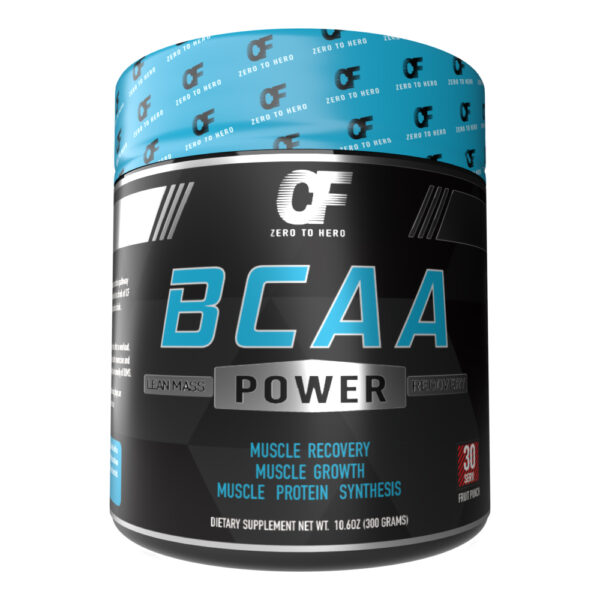
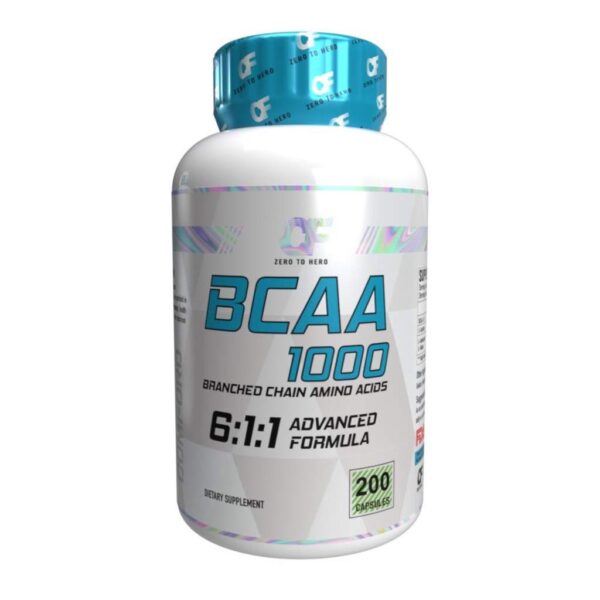


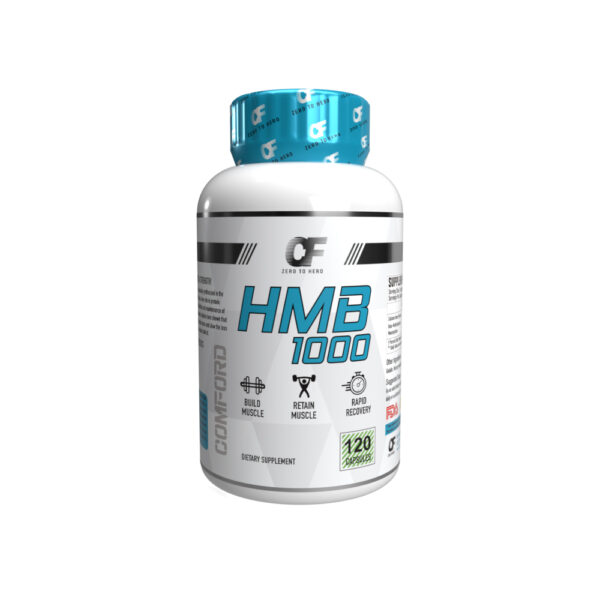
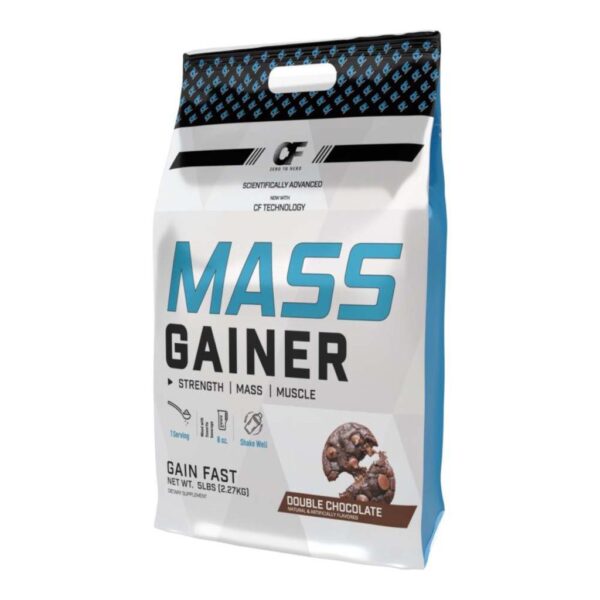
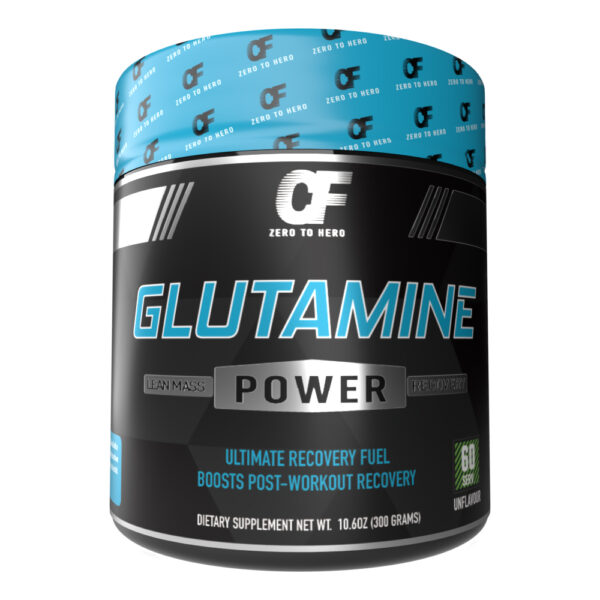

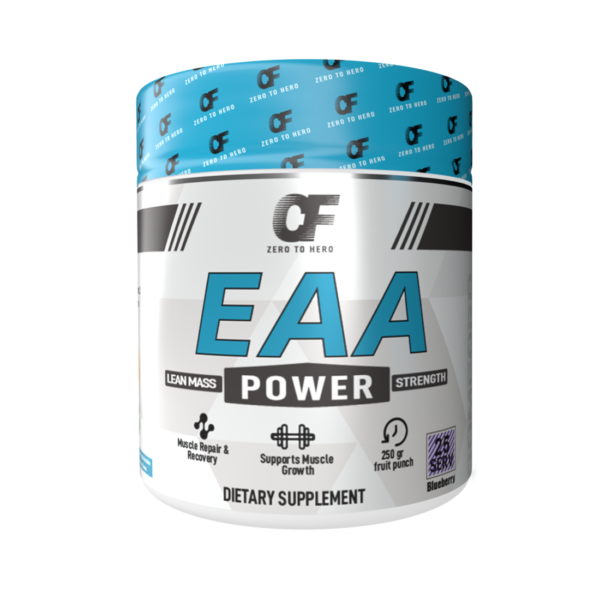
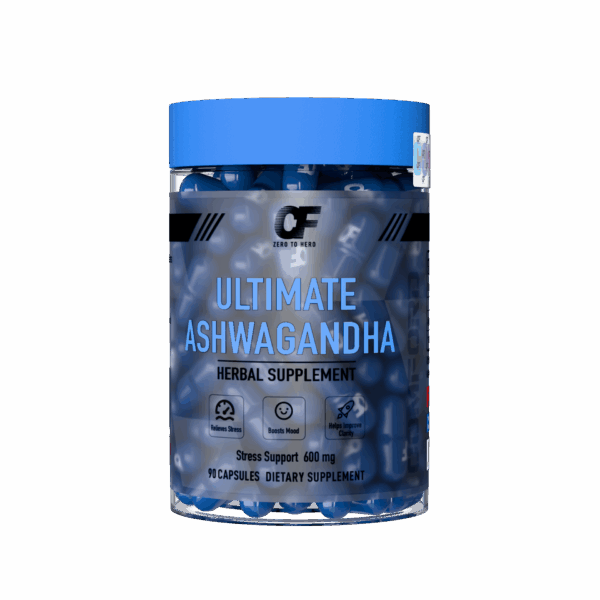
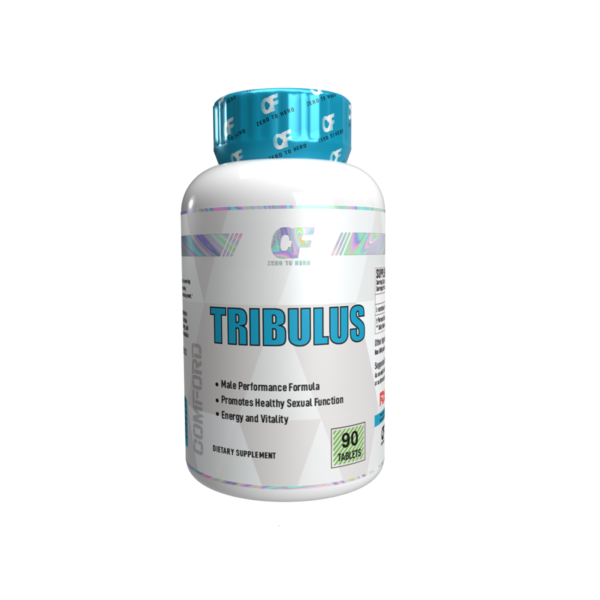
Reviews
There are no reviews yet.